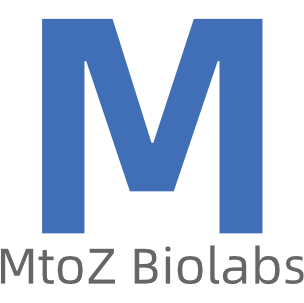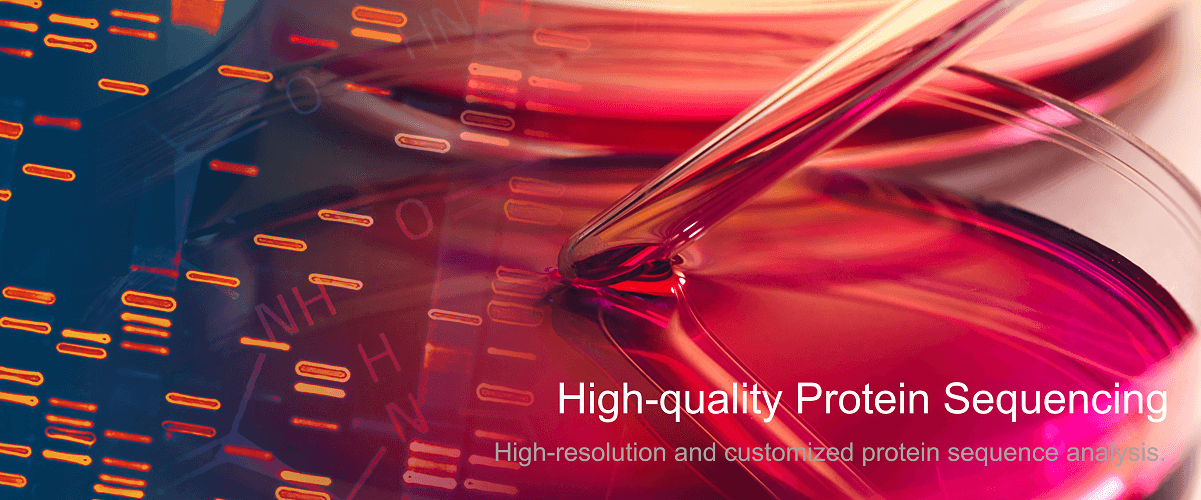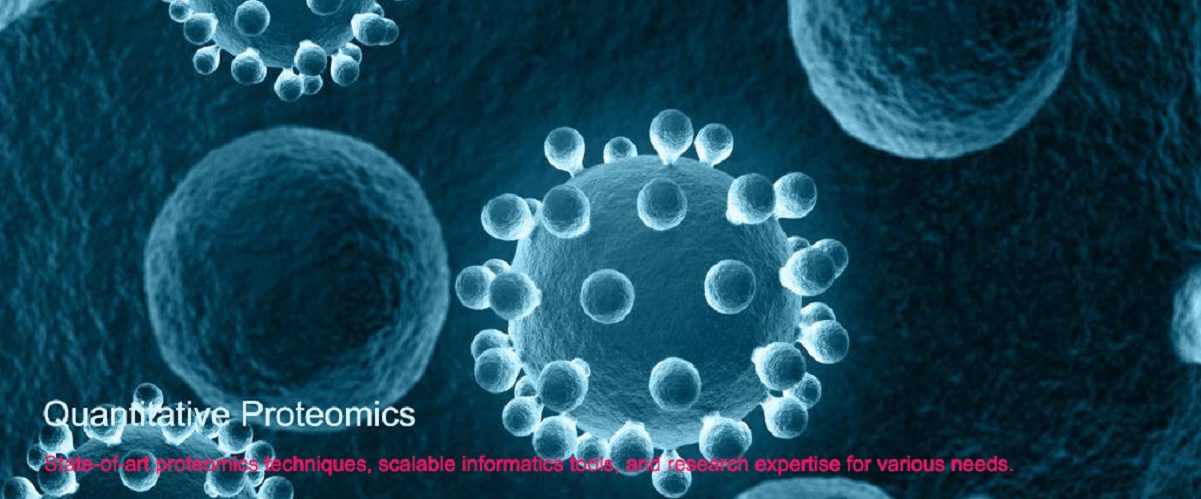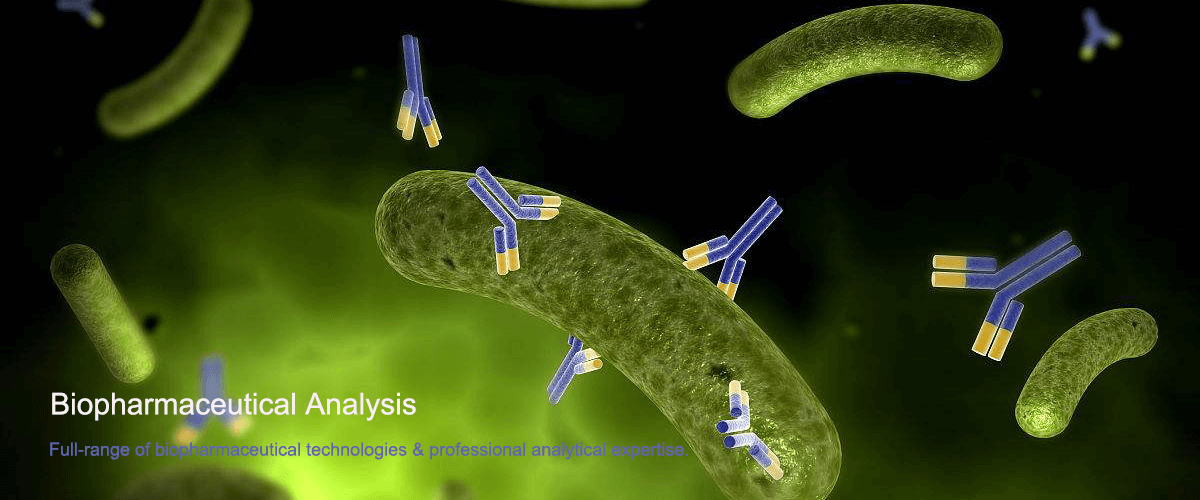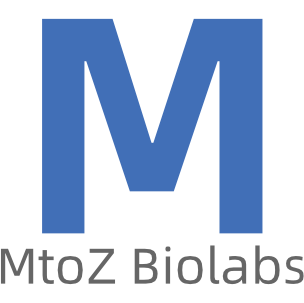Mass Spectrometry Detection of Protein Modifications
Histones are the core proteins that make up chromatin and play a significant role in gene expression regulation through post-translational modifications. Common histone modifications include:
1.Acetylation
Mainly occurs on lysine residues and is closely related to gene activation.
2. Methylation
Usually occurs on lysine and arginine residues, can lead to gene silencing or activation, depending on the site and extent of methylation.
3. Phosphorylation
Usually linked with chromatin remodeling and DNA repair.
4. Ubiquitination and SUMOylation
Affects protein stability and chromatin conformation.
Mass spectrometry is a method to determine the chemical composition and structure of molecules by measuring their mass-to-charge ratio. In studying histone modifications, mass spectrometry mainly involves two aspects: Mass Spectrometry (MS) and Tandem Mass Spectrometry (MS/MS).
1. Mass Spectrometry (MS)
MS determines the protonated molecular ions (m/z values) by measuring the mass of the molecule. For the study of histone modifications, mass spectrometry can be used to determine the type and location of modifications, as different modifications introduce different mass-to-charge ratios.
2. Tandem Mass Spectrometry (MS/MS)
MS/MS further breaks down molecular ions, providing more information, including the specific location and abundance of modifications. This is particularly important as a protein may have multiple different modification sites, and their abundance may vary.
Applications
Mass spectrometry detection of histone modifications has widespread applications in biology and medical research:
1. Gene Expression Regulation
Histone modifications play a key role in gene expression regulation. Mass spectrometry can be used to study how different modified histones affect chromatin structure and gene accessibility.
2. Cancer Research
Cancer is often accompanied by abnormal histone modifications. Mass spectrometry can help to identify cancer-related modification patterns, providing new targets and biomarkers for cancer diagnosis and treatment.
3. Drug Research and Development
The research and optimization of many drugs involve the study of histone modifications. Through mass spectrometry analysis, it is possible to evaluate how drugs affect the state of modifications and their selectivity for targets.
Mass spectrometry plays a crucial role in the post-translational modification analysis of histones, contributing to basic biological research and providing important tools for understanding disease mechanisms and developing treatment strategies. With the constant advancement of technology, we can expect to see more innovative applications and impacts of mass spectrometry in the field of histone modification in the future.
How to order?

